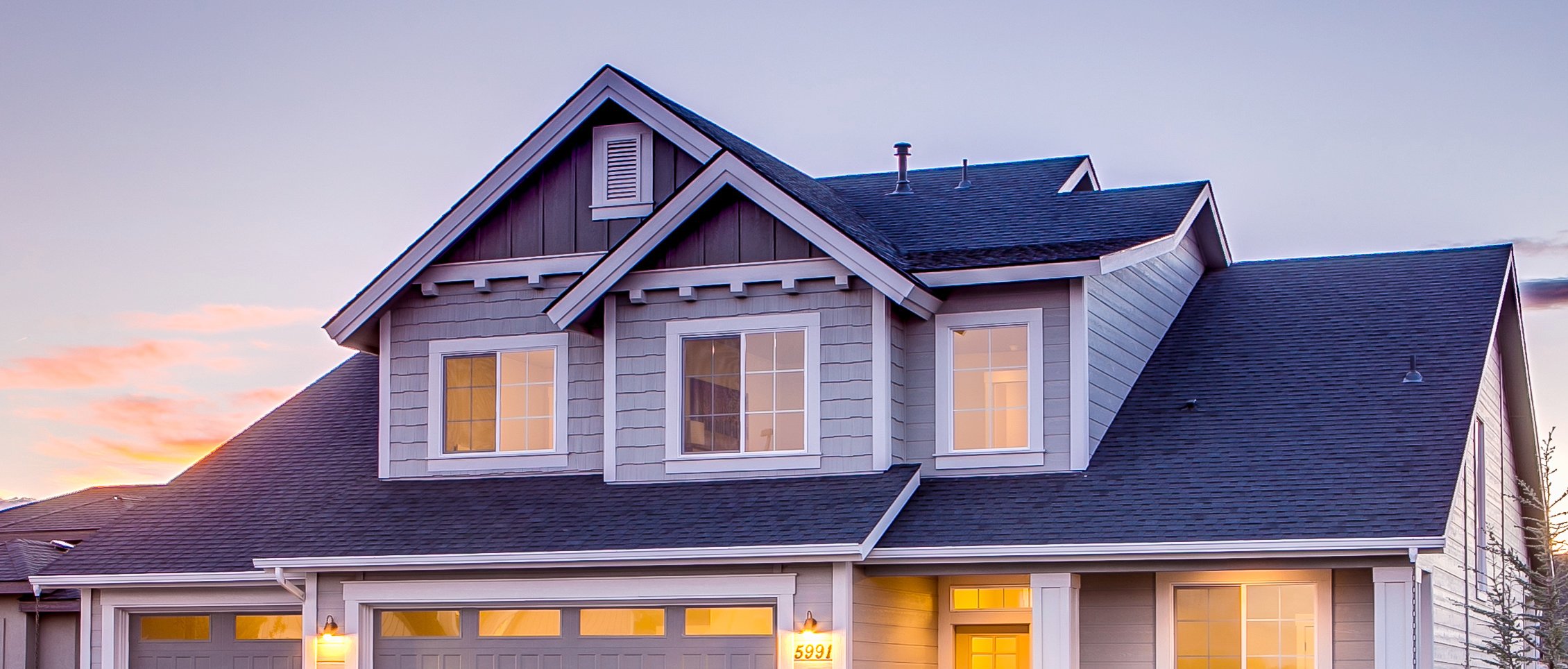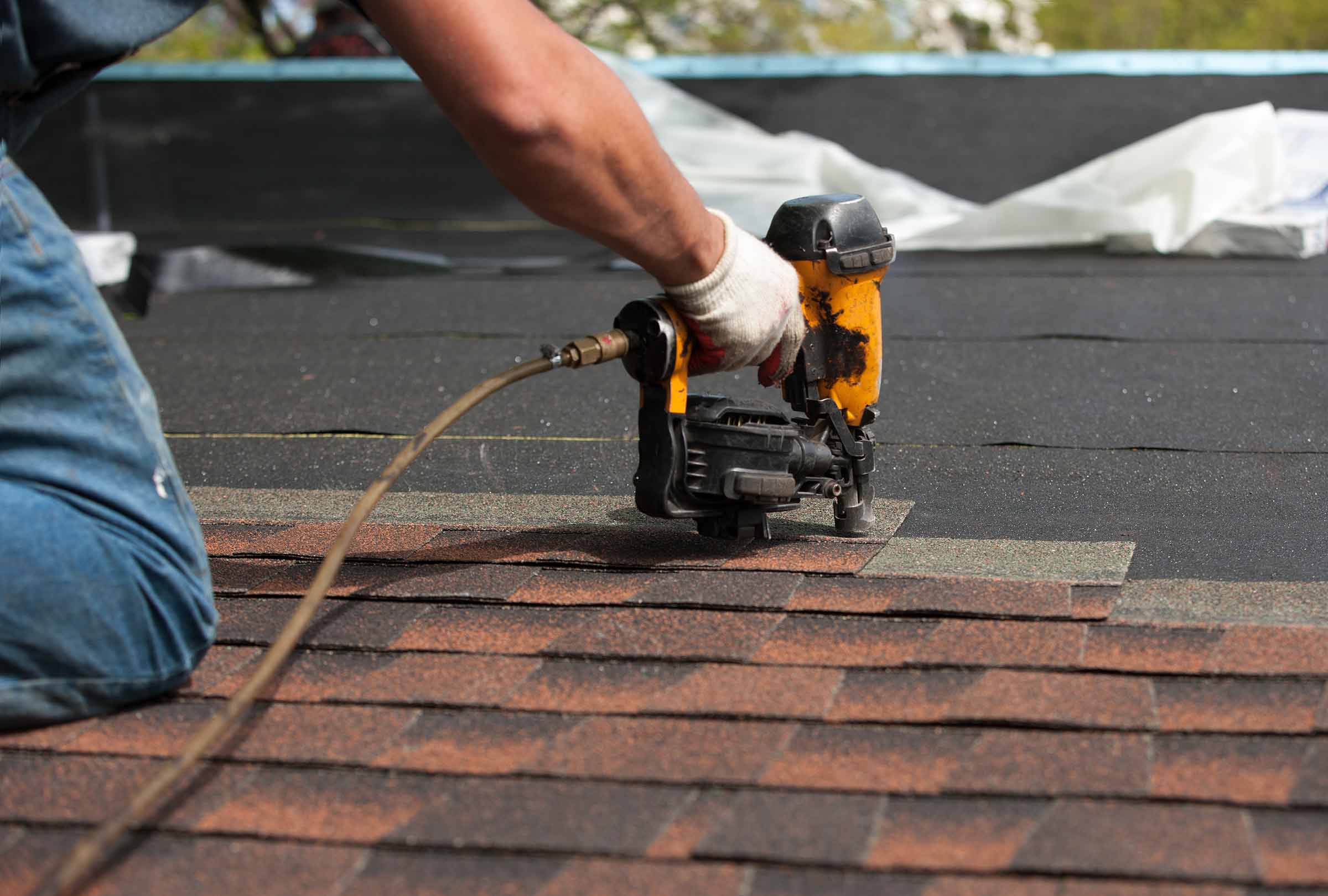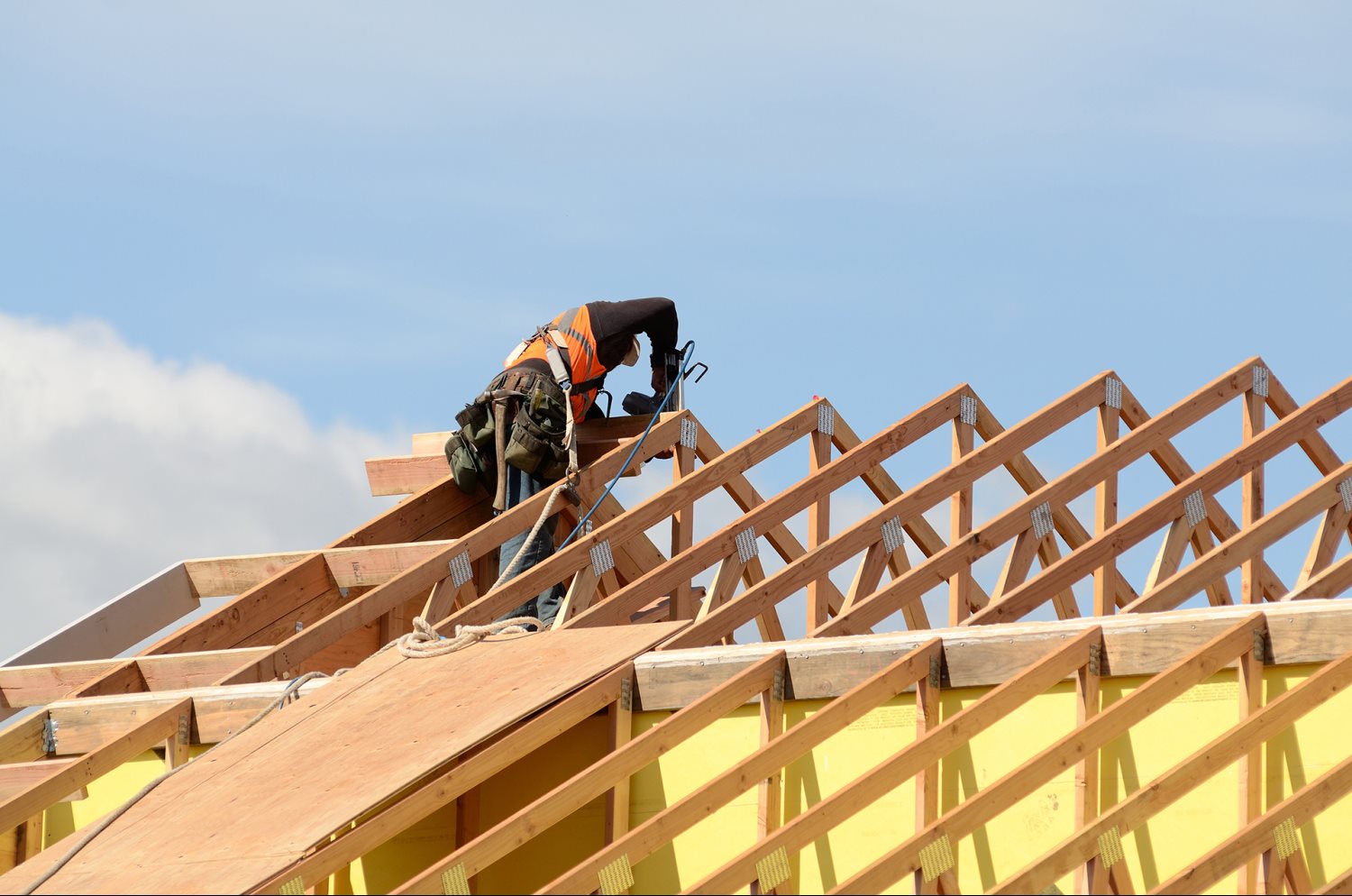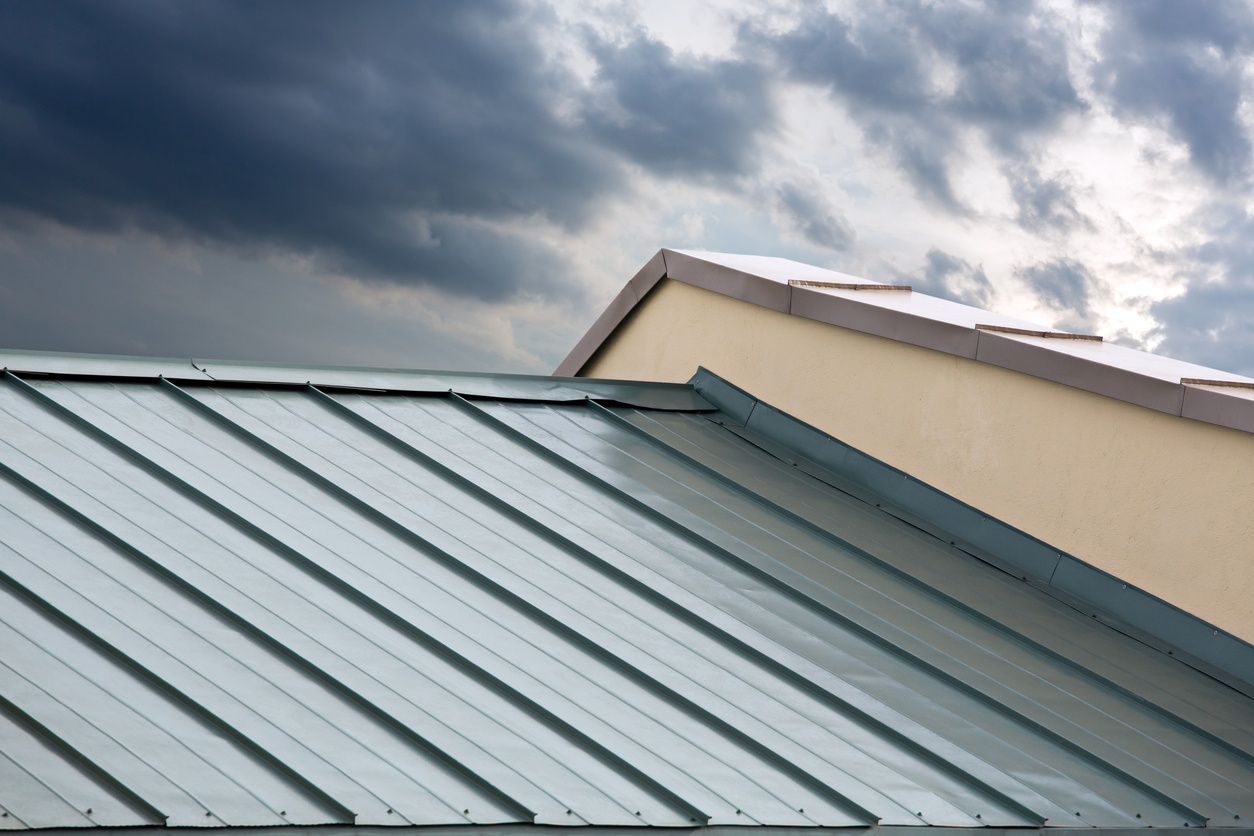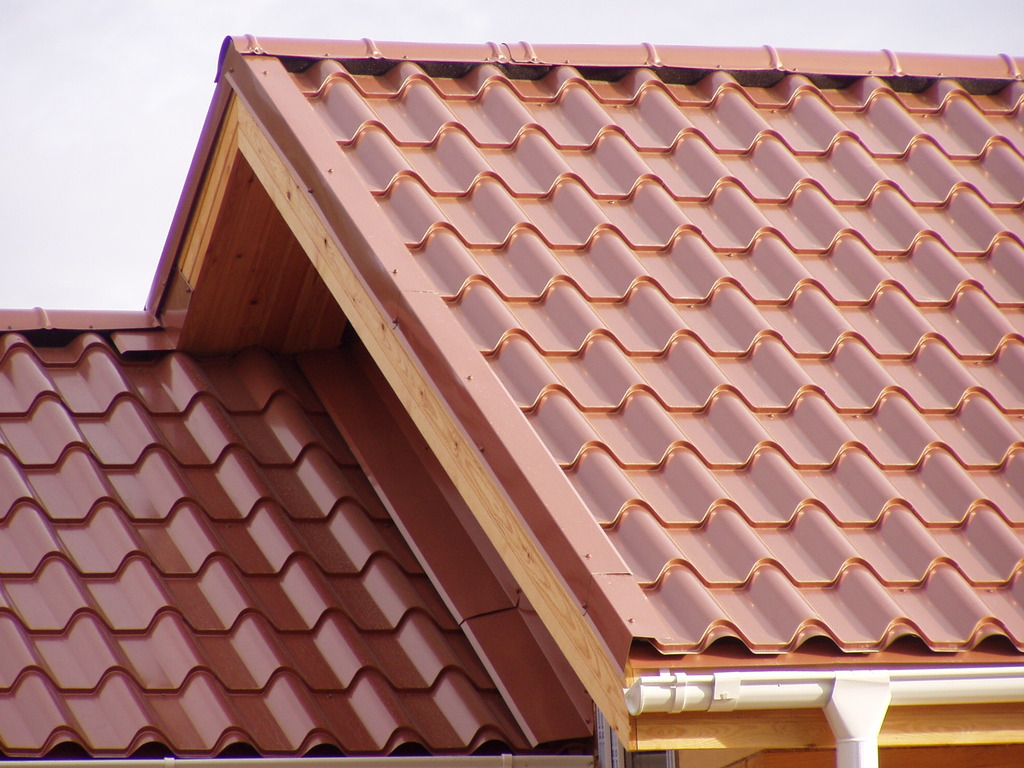Post winter roofing maintenance
Check if there are no leaks
Fall and particularly winter, particularly in places like Chicago, are seasons that take their toll on your roof. It has to withstand low temperatures, winds, snow and ice so coming spring it’s good have it inspected. Of course, some problems might be easy to spot even from the ground level and you don’t need an expert for the task. On the other hand, there are problems that might not be obvious at first glimpse. That’s why inspection performed by professional roofer is so important. He will not only determine the type and extent of damage but also suggest the best solutions for your situation, be it maintenance, repair or complete replacement of your roof. Professional inspection consists of but is not limited to checking your roof for general damage and ice dam areas as well as attic for moisture and ventilation. Some of the weather-induced failures like unsteady shingles, separated flashing, minor leaks and so on don’t sound like something very serious. Nevertheless, they pose risk to the whole building condition if left untreated. There is another important aspect to post winter roof inspection. It may be a pain in neck but most often than not (if you don’t neglect necessary repairs) allows you to avoid more bothersome and costly roof replacement.
- After performing a thorough roof inspection, your contractor will inform you about the scope of necessary maintenance and repairs. If you’re a lucky and your roof in a good condition, everything you have to do is signing a paycheck for examining it. If not, then better not to procrastinate and take care of fixing everything as soon as possible. As you’ve already have experts on hand you can schedule or often complete necessary repairs at the same time. How the whole job looks like? It depends on the roof’s shape, covering material and of course, damage sustained. There isn’t one size fits all solution but I’m going to make some assumptions here to help you visualize the whole process. Suppose you roof is made of asphalt shingles (the most popular covering material across US). Inspection of professional roofers like for example RK Roofing determined that there is a damage to your roof edge (it’s susceptible to ice dams, wind and water infiltration). After pinpointing troublesome areas, we carefully pry up shingles to avoid further damaging of underlayment and decking. We uncover slightly larger patch than the damage itself to be able to inspect it completely. Unfortunately, if broken or missing shingles aren’t the (sole) reason for your roof failing in keeping the elements outside, it’s time to take care of the deeper layers. Rotten sections of decking are sawed out and replaced with tight fitting piece of material of the same size, which is then nailed down. Next, our contractors check on a drip edge. This important part of the roof goes around the roof’s edge to channel moisture that gets through the singles away from decking. Of course, it can only play its part if properly installed and sometimes, previous careless work may be the source of the current damage. That’s why it’s so important to rely on professionals, well versed in their line of work. Better yet, to choose a company who offers warranties both on materials and their workmanship. But back to the roof repair. Now roofers need to install new underlayment and replace shingles. And voila, you roof is as good as new.
- In many cases, roof repair is a way to go but unfortunately not always. Finally, a day comes when you have to face a roof replacement. But how to determine if your roof reached the end of its lifespan and no amount of fixing can change it? There are some telltale signs that will help you with the task but to be on the safe, it’s best to schedule inspection performed by professional roofers. You can decide on RK Roofing or other reliable contractor in your area. If you aren’t sure that they will be the best judges in their own case then have a second opinion by another contractor or independent inspector. All nice and well but what are the circumstances when a roof replacement is necessary? Let’s start from looking at it from the outside. One of the most obvious signs is major damage to the materials. If for example many shingles are cracked, split, warped (different roofing materials behave differently) or missing altogether then replacement is required. Other indicators are moisture related problems like mold. This applies both the outside as well as inside of your house. Other elements to look at are gutters, chimneys and vents. If materials there show signs of serious wear or damage, it may point toward the necessity for replacing the roof. When you have asphalt roof there is another thing you can look for, mainly shingle granules in gutter and on pavements. Yeah, that shedding process is natural for asphalt but if excessive, it’s a sure-fire way to tell that you need a new roof and soon. Outside inspection completed, you can have the roof checked on the inside. Light shining in is easiest to spot. No, we don’t mean through the skylights and such but directly through the holes in covering. Sagging is another issue, which cannot be corrected by repairs. Worse yet, it means that there are some structural problems which have to be addressed before laying new covering. And last but not least water damage and leaks. They doesn’t necessarily mean that you need a new roof but better be ready for that.
You have metal roof? Then you have nothing to worry about
No matter what roofing material you’ll choose, none of them last forever. There is one product though that surpasses all the others in terms of longevity and durability. It’s of course metal roofing. I can hear the complaining about the horrendous cost of this option and… I have to disagree. It’s true that the initial price of metal roofing is high but when you look at its lifespan then calculation is different. Metal roof can easily last over a hundred years. This means that it has very low life cycle cost. If you decide on it, then you won’t have to bother with its replacement ever again and in the long run, you save the money. When we’re at pricing there is another thing to think about, mainly type of metal. While steel, zinc or aluminum is quite affordable, copper still comes with a premium price tag. However, cost is only one of the aspects of roof installation or replacement. There are other considerations as well, like durability, ease of maintenance, sustainability and so on. Let’s get a closer look on metal roofing to learn why it’s equal or very often superior to other products. As I mentioned before, it has very long lifespan. Not only that but manufacturing companies often give warranties on their products, lasting 30 to 50 years. Metal roof is great choice as well when you are concerned with your energy bills. Thanks to its properties, it allows on substantial savings both on heating and cooling. Another bonus comes with its great resistance. You don’t have to worry about rot, warping, rodents, insects, hail and even fire (many such roofs have class A fire rating). And is almost maintenance free. You can as well enjoy increased resale value of your house (on average by six percent comparing with asphalt-covered houses) and hefty discount on home insurance. All nice and well but you want your roof to be aesthetic as well as durable. That’s not a problem. Nowadays metal roofing is available in almost infinite range of styles and colors and often mimics other materials. Are there any drawbacks to that roofing option? Yes, but not many. You have higher initial price of the investment than with other options and more noise (for example during the rain) if they are installed on the open framing directly over the living space.
Roof maintenance checklist
As every homeowner, you know perfectly well that at some point major repair or even a roof replacement will become inevitable. That’s simply the way things work. However regular care postpones that necessity and lowers the costs of potential fixes. Why so? Firstly – maintenance is good for the overall condition of your roof and secondly – it allows for spotting a problem way before it exacerbates to the point where the serious intervention would be required. It should be performed at least once a year. Spring and autumn are good seasons for the task. You could easily perform it when you’re cleaning the gutters. Before we get to the checklist there is one more thing to consider – whether it’s better to take care of maintenance yourself or hire professionals. Choosing experienced roofing contractor such as RK Roofing or another local expert roofer cost more than DIY approach. Nevertheless, it may prove a good choice for your house well being as experts will be able to spot all of the potential problems and correct them properly. That settled we may go to the checklist proper.
- First step consist of checking the shingles. Broken, split, warped and lose ones should be replaced as soon as possible. The same goes as well for those that are missing. Places with spotty shingle coverage allow rainwater and snow to penetrate to bottom parts of your roof. It may not result in immediate leaks but is pretty bad for the long term of your roof condition. Replacement of few shingles is cheap and more or less hassle free. On the other hand fixing of decking and underlayment is neither.
- Green roofs are considered very trendy. Unfortunately, that “green” part isn’t moss, which may mean future troubles for your roof. Presence of moss and algae results in quicker deterioration of the covering and decking. The easiest way to remedy the problem is brushing the whole thing away. As easy and uncomplicated as it sounds, it does nothing to prevent future buildup. You can of course repeat the whole cleaning process every now and again but there is an easier way – installation of lead or zinc control strips.
- Metal elements like for example drip edge should be checked for signs of rusting. Sometimes replacement might be necessary but usually wire brushing the rust, priming and painting the metal with weather resistant product will be more than enough.
- Areas where the chimney and vents meet the roof as well as those were roof-lines meet together are prone to leaking water into the house if not properly flashed. It’s worth to carefully examine those parts of the roof in search for cracked or crumbling caulking. However, before getting to the resealing, you have to remove the old caulk and thoroughly scrub treated area.
- If your roof is made of asphalt shingles, have a look at accumulated debris while you are at cleaning gutters. Shedding little granules is a natural behavior but if large chunk of your roof went literally down the gutter, you have a problem. Unfortunately, in such a case there won’t be simple, quick remedy. Too much granules usually means that your roof needs replacement.
- Another maintenance task is sweeping or blowing off debris from the roof. You don’t have to climb the ladder every time you see a leaf or a twig. But too much of that may result in damaged roof covering and increased growth of moss.
- While speaking of twigs, it’s good to deal not only with those that finally landed on your roof but those still attached to the trees above as well. There is nothing wrong with greenery surrounding your house but if you leave it unchecked, you may have to deal with damage to covering and rodents.
Summing up – roof maintenance isn’t a panacea but in the end saves you time and money on serious repairs.


